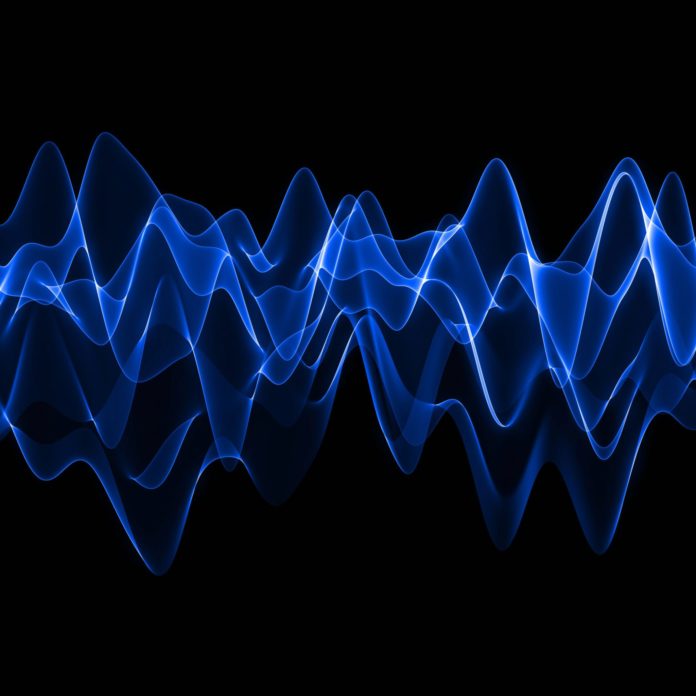Sub-terahertz frequencies will be tested in an indoor-only environment for high-throughput data links
Microsoft is going to test indoor sub-terahertz wireless links as a potential supplement to wired links in data centers, according to documents filed with the FCC’s Office of Engineering and Technology.
Sub-terahertz frequencies are generally considered those between about 90-300 GHz, and are the subject of research and testing as potential candidate bands for future 6G systems. Keysight Technologies, for example, last year supported sub-THz tests with the U.K.’s National Physical Laboratory (NPL) and the University of Surrey, which established a data link with speeds greater than 100 Gbps, using 300 GHz spectrum.
Besides enabling high throughput communications, Microsoft said in its filing, sub-THz links have “several features that make them attractive” for use in data centers, including highly directional beams achieved by large-element antenna arrays, which “allow coexistence of multiple communication links through spatial multiplexing” and “setting up and tearing down of RF links on-demand.” Their short range also means good spatial re-use of spectrum. In a data center environment, Microsoft said, there is a large indoor footprint and walls that can be bolstered to minimize radio frequency propagation, which would enable “the establishment of wide-bandwidth high data rate links with minimum interference to potential outdoor deployments, promoting efficient spectrum sharing and coexistence.”
Microsoft said that the testing would be conducted “exclusively indoors at low power levels that preclude any substantial risk of harmful interference—no more than 1W.” The company added that while there are existing sub-THz testbeds in academic and corporate research labs, its proposed testbed will have a unique focus of “evaluating the use of multi-hop RF links to mitigate the obstacles present in data centers and … topologies suitable for typical structure and layout of large-scale datacenters.”
Microsoft said that it would be testing high-frequency spectrum bands between at 246-249.5 GHz, 252-257 GHz, 275.4-275.5 GHz and 258.5-260.5 GHz in Redmond, Washington, using equipment from Keysight Technologies.
The filing went on to note that free-space optical links have been explored for similar purposes, but the vibrations in the environment caused alignment issues—which Microsoft felt was less likely with sub-THz links due to the “relatively large and adjustable beam width” as well as the ability to beam-steer and develop control loops that would mitigate vibration impacts.
The FCC granted permission for the testing to take place through January 2026.

